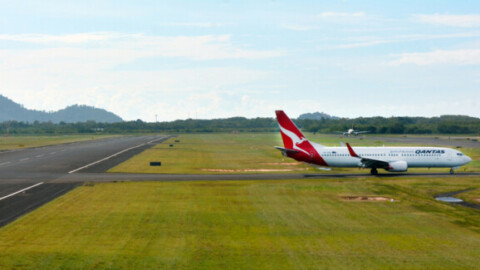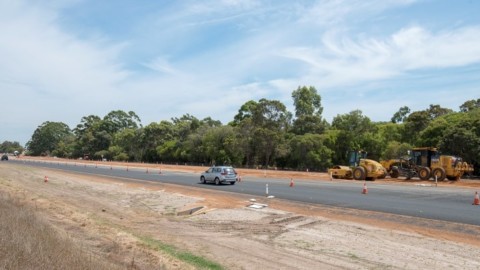Geoscience Australia is seeking expert advice to identify high-level cybersecurity risks associated with its proposed Satellite-Based Augmentation System (SBAS) architecture.
The organisation has released a Request for Information (RFI) from respondents with involvement in and expert knowledge with similar previous projects.
The information received from this RFI process will aid in the development of an operational Cybersecurity Strategy. It will also inform the Federal Government’s policy for cybersecurity in relation to the SBAS program.
Geoscience Australia received $160.9 million in the 2018-19 Federal Budget to support the development of an operational SBAS over four years.
SBAS utilises space-based and ground-based infrastructure to improve the accuracy, integrity and availability of basic Global Navigation Satellite System (GNSS) signals, such as those currently provided by the Global Positioning System (GPS).
Satellite positioning data is now fundamental to a range of applications and businesses worldwide. It increases our productivity, secures our safety and propels innovation.
It enables GPS on smartphones, provides safety-of-life navigation on aircraft, increases water efficiency on farms, helps to locate vessels in distress at sea, and supports intelligent navigation tools and advanced transportation management systems that connect cities and regions.
The Australian SBAS will augment the GNSS signals to deliver a satellite positioning capability across all of Australia and its maritime zones with decimetre accuracy.
It will also support the aviation, maritime and road transport sectors, which have a requirement for high-integrity positioning-guaranteed performance with metre level accuracy.
Ground infrastructure for the program includes a network of Ranging and Integrity Monitoring Stations (RIMS) across the country. The stations, which will number 30 to 40, will be connected via a high-reliability communications infrastructure.
Telecommunications channels include internet 3/4G, fibre optics and VSAT satellite communication. Computational processing occurs at a central processing facility which generates the corrections and integrity information.
Satellite uplink facilities will support navigation services and will transmit signals to geostationary satellites, which will broadcast GNSS correction data to users.
The ground infrastructure must be dual-redundant to comply with aviation safety requirements.
Geoscience Australia stated that the RFI process is a market research exercise, not an approach to the market.
While the RFI does not guarantee future work in any format, no companies will be down selected or excluded from future participation in the implementation of the SBAS Cybersecurity Strategy based on their participation in the RFI, or on their attendance or non-attendance at the Industry Brief.
View the RFI tender here.















